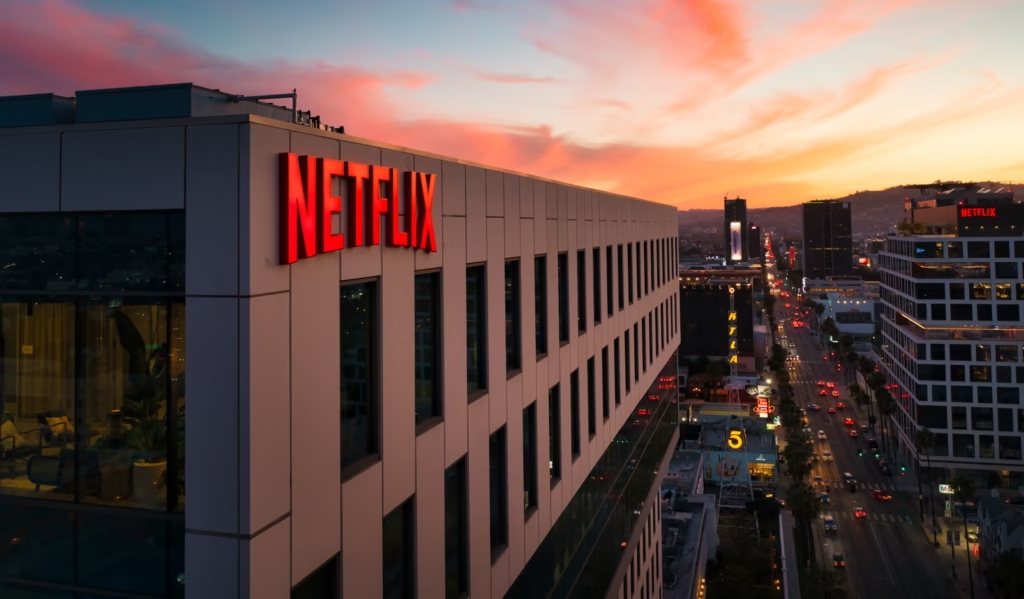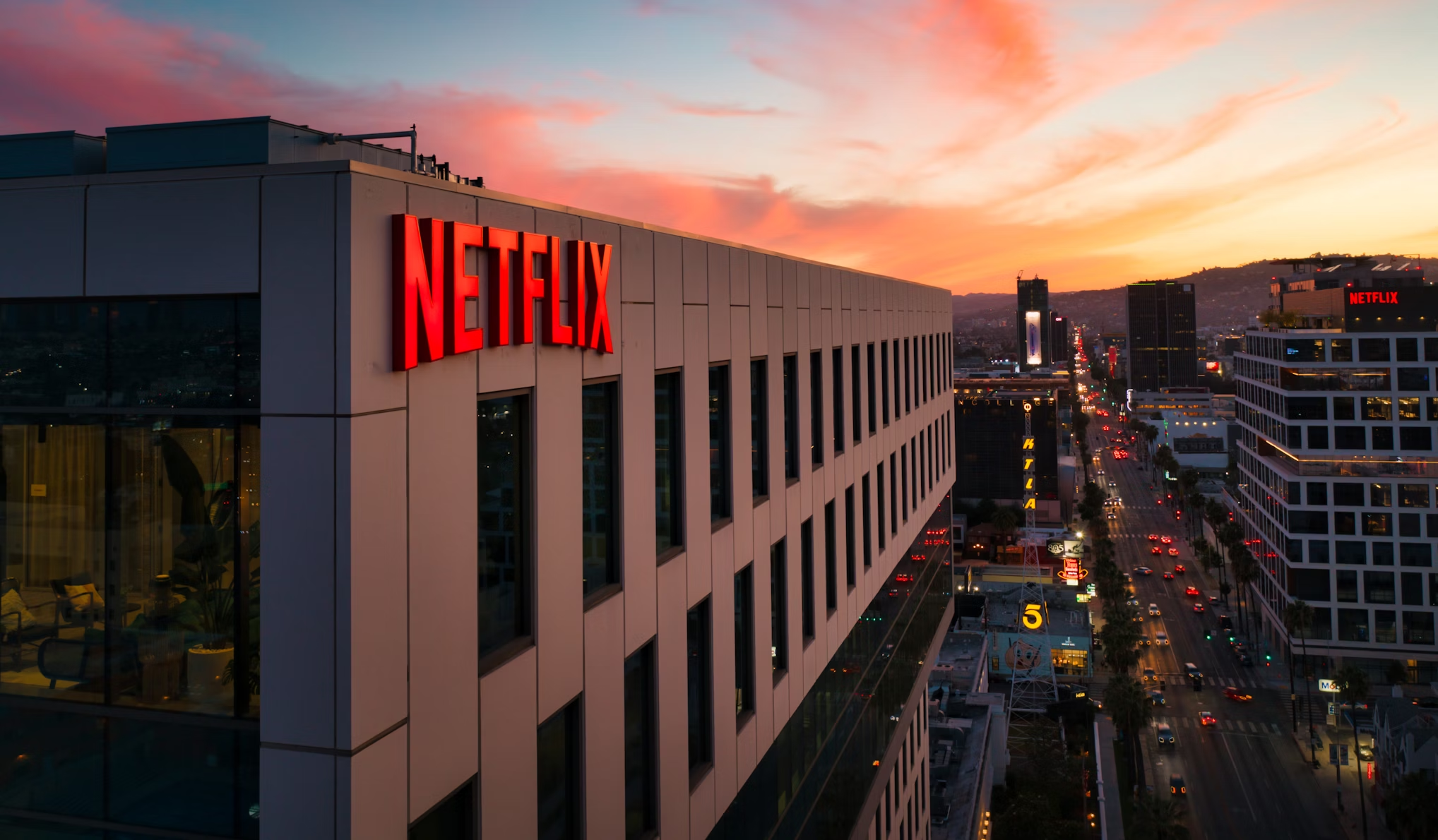The subscription economy is exploding. From streaming services to meal kits, businesses are ditching one-time sales for predictable recurring revenue—while customers grapple with subscription fatigue. This model isn’t just a trend; it’s a $1.5 trillion global revolution (McKinsey, 2024). But why are companies obsessed with subscriptions, and when do they backfire? Buckle up as we reveal the hidden power, pitfalls, and profit-boosting secrets of this unstoppable business model.

- 1. The Subscription Takeover: By the Numbers
- 2. The Retention Machine: How Subscriptions Turn Customers into Addicts
- 3. The Scaling Superpower: How Subscriptions Print Money
- 4. Personalization: The Silent Killer of Cancellations
- 5. The Dark Side: When Subscriptions Backfire
- 6. The Future: AI, Hybrid Models, and the Next Wave
- The Bottom Line: Master Subscriptions or Get Left Behind
Subscription models aren’t just for Netflix anymore. 90% of Fortune 500 companies now offer subscriptions (Gartner), and startups using this model grow 5x faster than traditional businesses.
1. The Subscription Takeover: By the Numbers
Why? Three explosive advantages:
✅ Predictable Cash Flow (No more feast-or-famine revenue)
✅ Higher Valuations (Subscriptions trade at 8x revenue vs. 3x for traditional sales)
✅ Customer Lock-In (It’s harder to cancel than quit a gym)
But there’s a dark side…
⚠️ 48% of consumers feel overwhelmed by subscriptions (Statista). Companies like Adobe faced massive backlash for forcing subscriptions—proving this model can alienate users if abused.
2. The Retention Machine: How Subscriptions Turn Customers into Addicts

Acquiring a new customer costs 5x more than retaining one. Subscriptions flip the script by engineering loyalty:
- Spotify uses AI-powered playlists to make leaving feel like losing a friend.
- Amazon Prime ties shipping, video, and groceries into one psychological trap.
- Peloton sells a cult-like fitness community, not just bikes.
The result?
- 35% lower churn vs. one-time purchases (Bain & Co)
- 72% higher lifetime value (SubSummit 2024)
But…
🔥 “I forgot I was paying for that!” – The #1 reason for cancellations (ProfitWell). Companies walking the tightrope between value and exploitation win.
3. The Scaling Superpower: How Subscriptions Print Money

Traditional businesses hit brick walls. Subscriptions scale infinitely with near-zero marginal cost.
Case Study: Microsoft Office
- Old Model: Sell software licenses for $300 (one-time)
- New Model: Charge $10/month forever → Revenue per user jumps 400%
Digital subscriptions are the ultimate cheat code:
- No inventory headaches
- Auto-billing = fewer missed payments
- Global reach with no extra work
Warning: This works only if your product is irreplaceable. Blue Apron collapsed when cheaper alternatives emerged.
4. Personalization: The Silent Killer of Cancellations
Subscriptions thrive on data-driven obsession. The more you use them, the harder they are to quit:
- Netflix knows your binge habits better than your spouse.
- Stitch Fix learns your style so you can’t imagine shopping alone.
- HelloFresh eliminates decision fatigue—a $7 billion/year psychological hack.
Churn-Busting Tactics:
- Tiered pricing (“Basic” vs. “Premium” FOMO)
- Annual discounts (Pay upfront = fewer quits)
- Upsell traps (“You’ll lose these 5 features if you downgrade”)
5. The Dark Side: When Subscriptions Backfire
For every success, there’s a cautionary tale:
❌ Adobe’s Forced Subscriptions: Users revolted when Creative Suite went subscription-only.
❌ BarkBox’s Cancelation Maze: FTC fined them for making quitting deliberately hard.
❌ Subscription Fatigue: 62% of millennials regret at least one recurring charge (CNBC).
How to Avoid Backlash:
- Offer pause options (Not just “cancel”)
- Be transparent about price hikes
- Deliver relentless value—or die
6. The Future: AI, Hybrid Models, and the Next Wave

The subscription gold rush is just beginning. What’s next?
🔮 AI-Powered Dynamic Pricing
- Pay more in peak hours (Uber-style)
🔮 Hybrid Commerce
- Subscribe for razors, buy limited editions à la carte
🔮 Tokenized Memberships
- Crypto subscriptions with exclusive NFT perks
Prediction: By 2030, 60% of all consumer spending will be recurring (Forrester).
The Bottom Line: Master Subscriptions or Get Left Behind
Subscriptions are the most powerful business model of the decade—but only if you:
✔️ Prioritize value over lock-in
✔️ Leverage data to addict (ethically)
✔️ Avoid becoming “just another charge”
🚀 Ready to Dominate?
- Businesses: Audit your offerings. Can you subscription-ize them?
- Consumers: Use apps like Rocket Money to slaughter unused subs.
💬 Poll: Do You Feel Trapped by Subscriptions?
🔥 Share if you’ve ever been burned by a subscription!Aslo Read this wornder Full Article: Amazon Rainforest Now Emits More CO₂ Than It Absorbs
Releated Posts
Apple’s $2.7 Trillion Secret: How It Became the World’s Most Valuable Company
Apple Inc. is not just a tech company; it’s a global phenomenon. What started in a garage in…
xsffeqqhsvrzozjmiyuqzkyehtfyjs
lkjdretlvssss http://www.yandex.ru
I join. So happens. —— https://the.hosting/nl/help/hoe-maak-ik-een-ubuntu-map-aan



